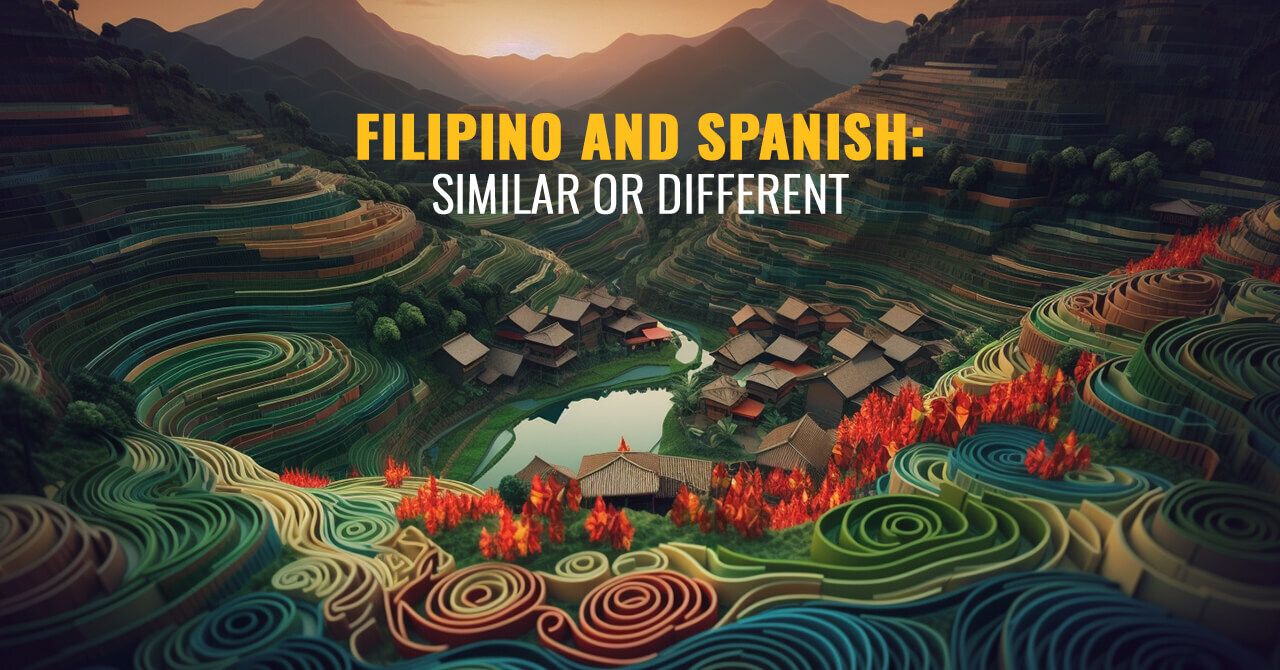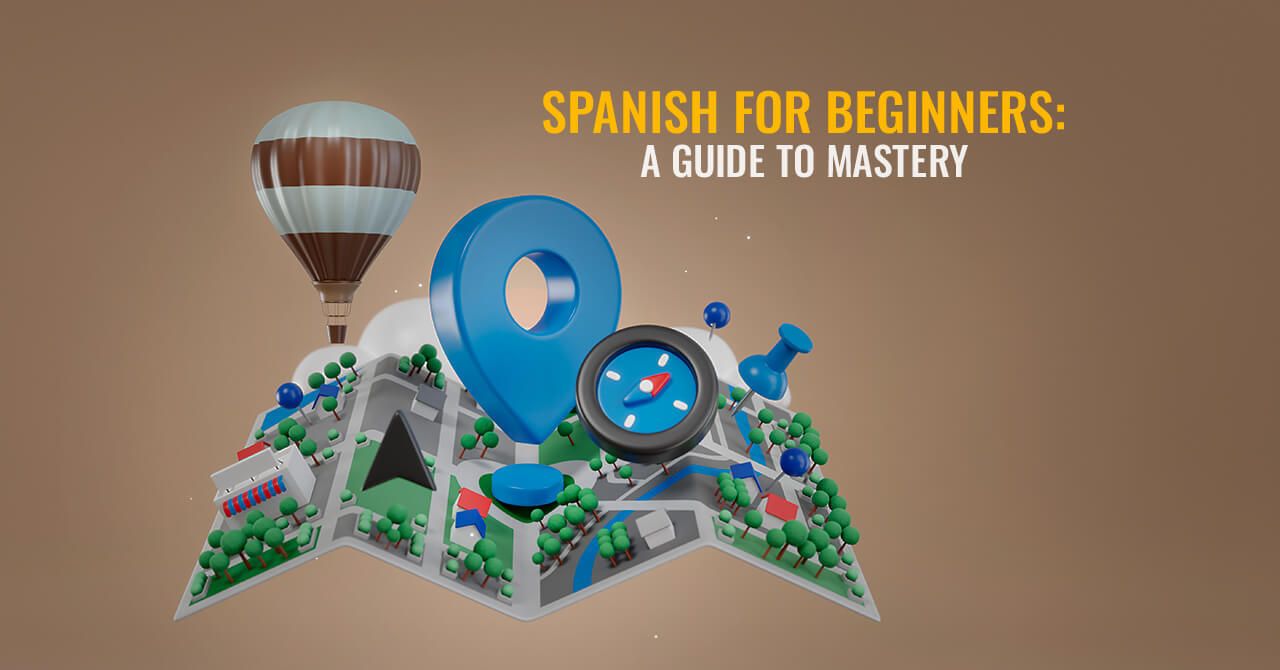
The Similarities and Differences Between Spanish and Filipino
Due to the 333 years of Spanish Colonization, the Spanish language or “Espanyol” became the lingua franca of the Philippines up to the first half of the 20th century.
Did you know that there is a country in South-East Asia where people speak almost similar to the Spanish language? Yes, you’ve heard it right! And that is the “Pearl of the Orient,” the Philippines.
How Spanish appeared in the Philippines
Let’s step back in time for a bit. It was 1521 when the Spaniards (led by explorer Ferdinand Magellan) accidentally came to Cebu (a province in the Philippines, which they mistakenly thought was the Moluccas, “The Spice Island”). By that time, Magellan claimed it as a colony of the Spanish Empire and imposed the 3Gs—God, Gold, and Glory, and the rest is history.
Due to the 333 years of Spanish Colonization, the Spanish language or “Espanyol” became the lingua franca of the Philippines up to the first half of the 20th century. True enough, until today, the borrowed words are still evident in the Filipino language. According to “New Prospects for the Spanish Language in the Philippines” by Rafael Rodriguez Ponga, there are more than 40,000 Spanish borrowed words that you will encounter in the Filipino language.
The similarity between Spanish and Filipino
Filipinos greet each other by saying, “Kamusta?”. This greeting is derived from the Spanish language “como estas,” which also means “how are you?” in English.
The following are the words that are both widely spoken in Spain and the Philippines:
Spanish: Abogado
Filipino: Abogado
Meaning: Lawyer
Spanish: Amigo (male) and Amiga (female)
Filipino: Amigo (male) and Amiga (female)
Meaning: Friend
Spanish: Bruja
Filipino: Bruha
Meaning: Witch. In the Philippines, we also call someone who has messy hair “bruha.”
Spanish: coche
Filipino: kotse
Meaning: car
Spanish: caballo
Filipino: kabayo
Meaning: horse. In Spanish, they also say “caballero,” which means “chivalry.” Also, in the Philippines, we also say “kabalyero.”
Spanish: lapiz
Filipino: lapis
Meaning: Pencil
Spanish: Basura
Filipino: Basura
Meaning: Trash or garbage
Spanish: Regalo
Filipino: Regalo
Meaning: a gift
Differences between Spanish and Filipino
I would also like to emphasize that Spanish and Filipino are not always the same. Despite the fact that there are some words that have the same spelling both in Spanish and Filipino, contextually, the meaning is different. One example of this is the word “encanto.” In Spanish, it means “enchanted” or “charm” (which is positive). Whereas, in Filipino, encanto (or spelled as “engkanto”) means mythical creatures which live in a separate world of humans (this is somewhat of a negative connotation).
Another word is the word “seguro.” In Spanish, it means “sure,” whereas in Filipino, “seguro” means “I’m not sure” or “maybe.”
There are loads of similarities and differences between the Spanish and Filipino languages. Both are interesting and worth learning with Filipino and Spanish tutors online. One thing is for sure—this is evidence of how colonization affects the language.
Jenny is an ESL teacher based in the United Kingdom. She's been teaching for more than 10 years. She has a degree in Bachelor in Secondary Education, Masters Degree in Creative Writing and TEFL Cert.

